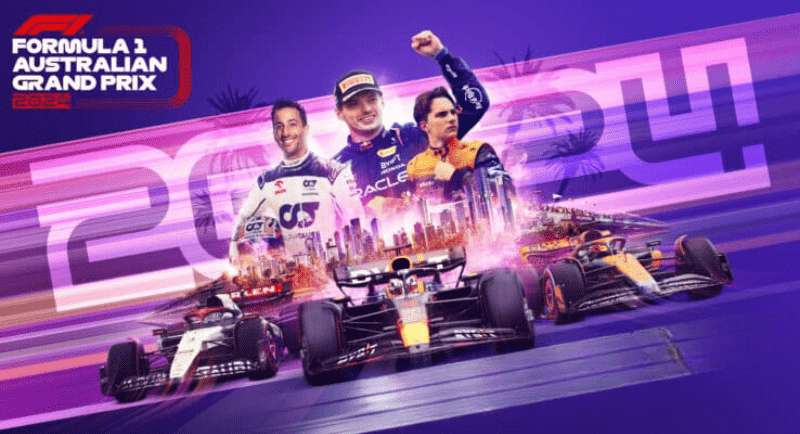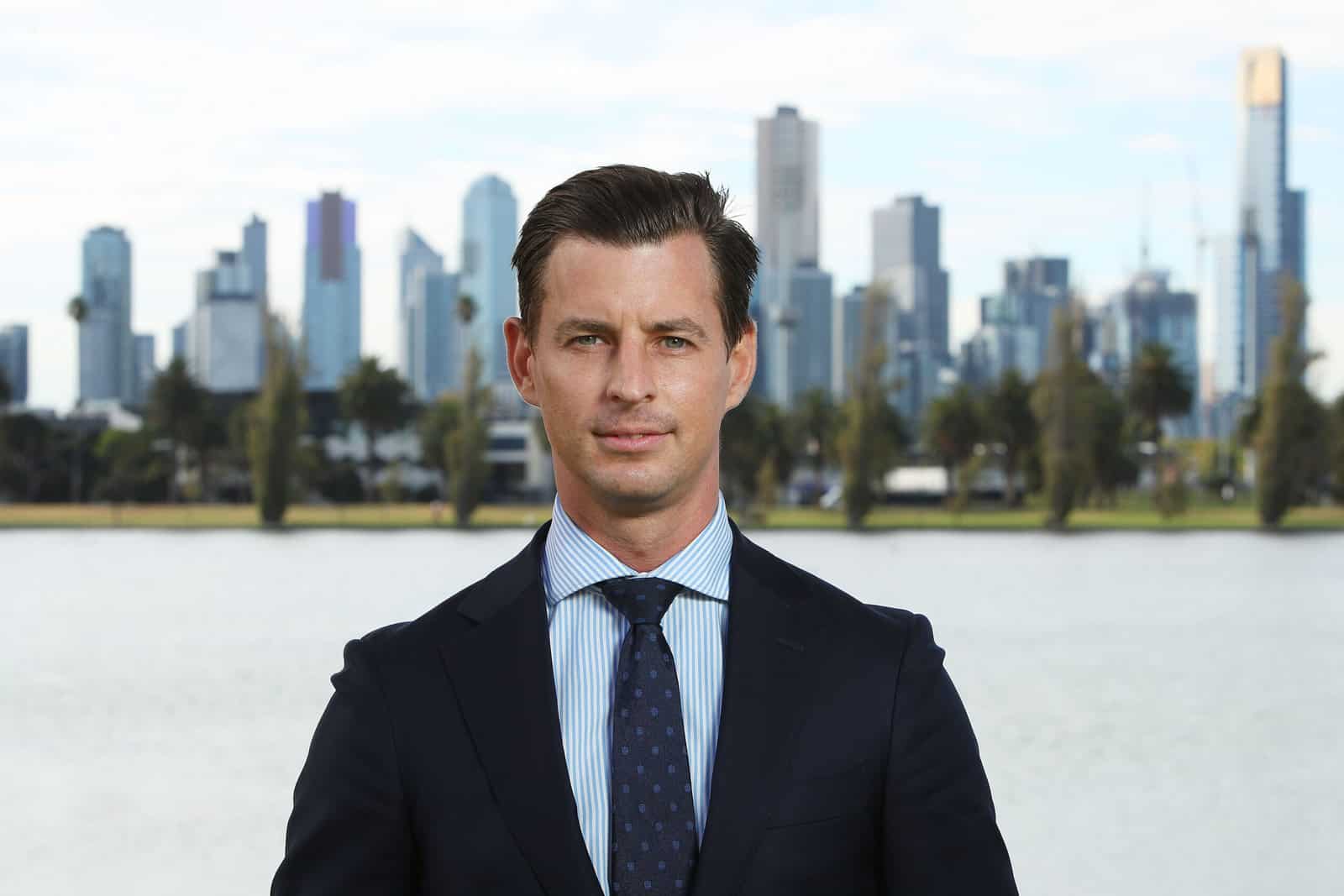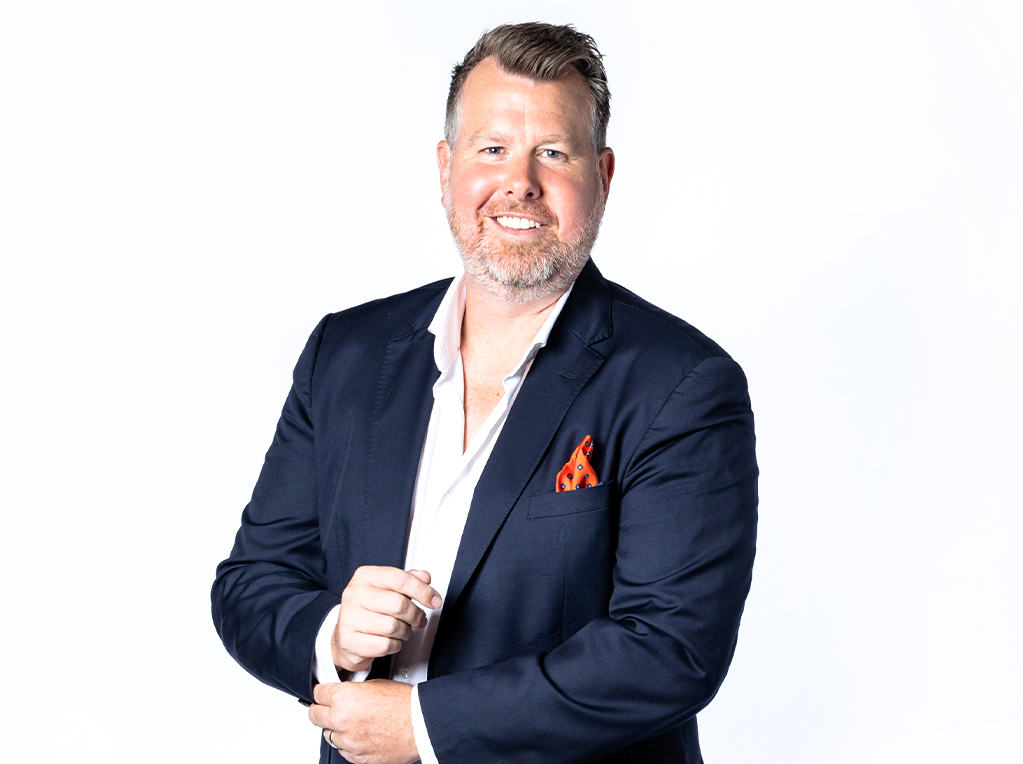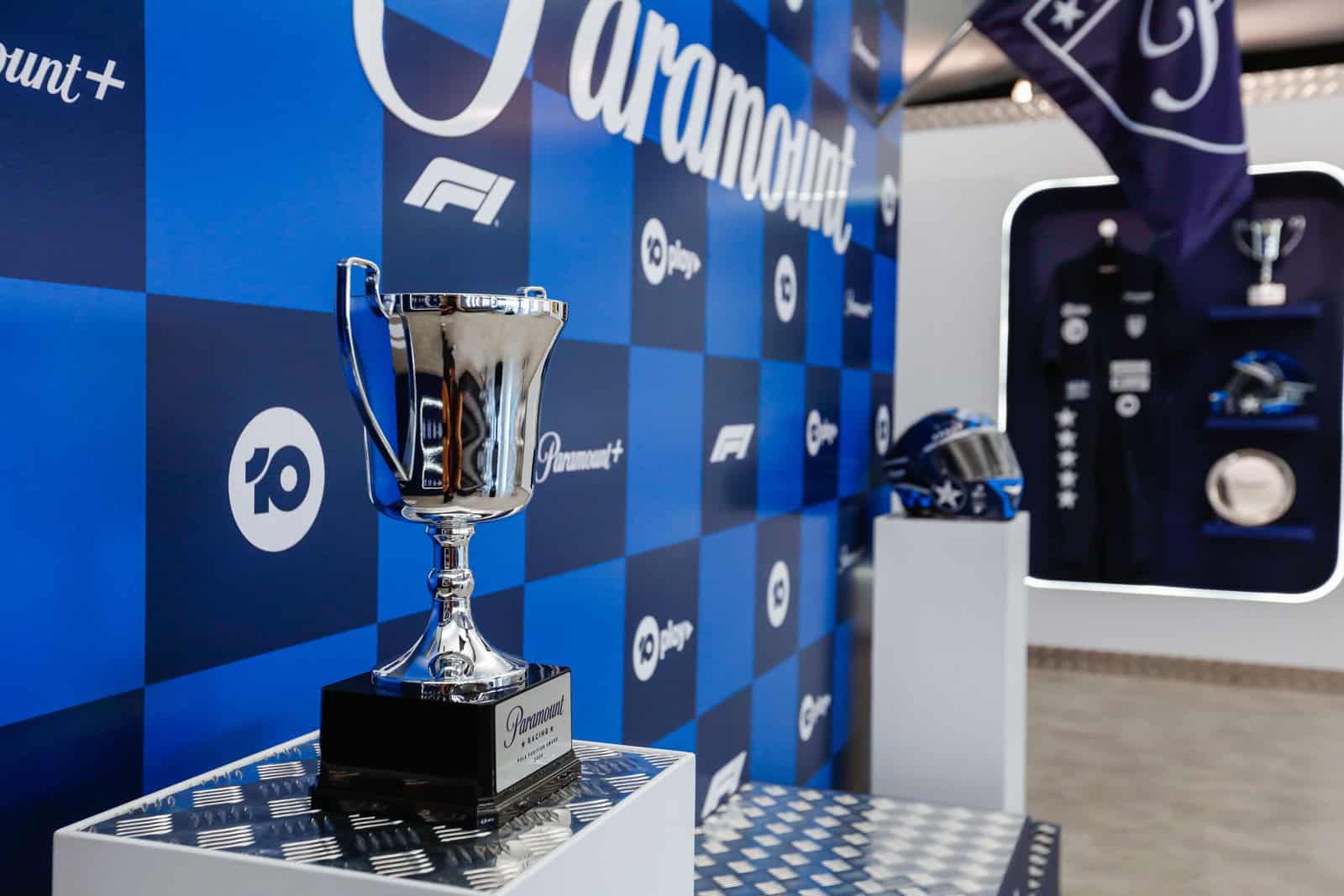While Ferrari’s Carlos Sainz won the Australian Grand Prix yesterday, behind the scenes and beyond the glitz and glamour, a pack of brand sponsors jostled for pole position.
It’s been the biggest year for the Australian Grand Prix yet – a record 452,055 through the gates across the weekend, and unprecedented commercial interest according to Paramount’s general manager of ad sales, Nick Bower. The sport’s focus on converting Drive to Survive watchers into all-year-round F1 fans is paying off.
The Australian Grand Prix’s general manager, sales and commercial Darien Misko told Mediaweek on the ground on Friday that Drive to Survive showing off “the theatre and the celebrity” of F1 led to first timers making up 37% of attendees in 2023. 39% of attendees were women – “11% higher than the global average.”
To get Drive to Survive fans to Albert Park, engaged throughout the season, and coming back, requires utilising the space to its full potential – “we’ve got a wonderful parkland here, 175 acres of land to play with to cater for those broad audiences” – and making it feel like a “festival”.
“Those fans don’t just come here for the Formula 1 action and the drivers and the officials but they come here for the music, the fashion, the style, the hospitality, the integration of Melbourne lifestyle with coffee and food culture,” Misko explained.
Building the sport into a cultural phenomenon has an economic impact: hotels were booked up, restaurants booked out, and flights at capacity. Melbourne mayor Sally Capp told the AFR that the F1 drove $125 million in spending last year across the four-day event.
The Australian Grand Prix segments its fans into premium seekers, sports fans, F1 fanatics, and culture vultures, Misko said.
Ten focused on ensuring its broadcast coverage appealed to all of them, according to Bower: “In a country like Australia, where the sports fan is so broad, the sports fan is so diverse, we want to make sure that we’re talking to all of them.”
Misko added that fans wanted to “maximise their experience” across the four days, by attending concerts by the likes of Amy Shark, Jet, and Vanessa Amorosi, engaging in the activations dotted around the park, watching as much on-track action as possible – from practice laps to qualifying and the main race – and trying to get close to the celebrity drivers.
‘Melbourne Walk’ gives ticket-holders the chance to get selfies and signatures as the drivers enter the paddock each day. Misko said, “we were the first F1 event to do something like this. We’ve got other events around the world trying to figure out ways to copy us. And that’s a great opportunity for our fans to get up close and personal with the drivers.”
It’s not just the drivers who are celebrities – team principals like Red Bull’s Christian Horner and former Haas boss Guenther Steiner are too. Steiner joined Ten’s commentating line-up for the 2024 Australian Grand Prix. Bower told Mediaweek that Steiner, “is obviously a global phenomenon, super popular, swears like a trooper, but is an absolute hero. If you walk through the paddock with him, he’s mobbed, that popularity we hope will translate into audiences this weekend.”
Bower said viewership is how Ten would measure the event’s success, and the race had its highest commercial shares in 16 years, since 2008. Sunday’s race reached 1.55 million Australians, while across the weekend, the broadcast reached 3.2 million. BVOD reach was up 30% year-on-year, and the race experienced its biggest ever livestream audience (up 51% year-on-year). The total national audience climbed 3% on 2023’s figures.
On Friday, Bower said Ten’s “pedigree in motorsport is enormous.”
“We’ve been doing it [broadcasting the F1] for over 26 years … we’re really proud of that work,” he said.
“It’s a moment that we stand tall and say, ‘Hey, this is what 10 Sport can do as a brand. And this is the way that our partners, our clients, our customers that we have, have an access point into something international, polished, high end.'”
Bower was focused on local commercial partners who had “a chance to integrate and connect to the coverage”, in addition to international partners through the F1: “We work with Formula 1 under the guidelines that we’re given to ensure that we protect and support their global partnerships such as Rolex, Pirelli, and Heineken.”
The line-up of sponsors included 7-Eleven, Harvey Norman, Salesforce, Shannons, Subway, Bob Jane and Universal Pictures, with major packages from Toyota, Visit Vic, and Paramount+.
Paramount+ signed a global deal with the Formula 1 a year ago, but it did not encompass broadcast rights – in the US, for example, ESPN retains the broadcast rights until 2025.
Amidst broader, political conversations about anti-siphoning laws to keep sports free, Bower emphasised that the F1 coverage locally remains “live and free” on Ten.
Bower and the Paramount team hosted commercial partners in the Paramount suite across the weekend, nestled between the chairman’s suite and the Kick Sauber F1 team’s suite, positioned right above pit lane.
Bower said Paramount+’s growth makes its partnership with the F1 mutually beneficial: “We’re the fastest growing streaming service on the planet. 67.5 million subscribers globally. Paramount+ is on fire. We’re in a great spot. We want to continue to work with, support, sponsor, and connect to other things that are also growing and Formula 1 is every bit of that.”
When he spoke to Mediaweek on Friday, Misko was hoping 450,000 fans would pass through the gates to break last year’s record. He got 452,055 – the biggest attendance in Albert Park’s history. Since Albert Park has locked in the event until 2037, “for the first time, we’ve got a really good, long vision,” so Misko’s team is only accelerating their ambitions.
“We want to be the biggest event in Australia. We want to be the biggest F1 event around the world. We’re not far now, 450,000 fans. Silverstone [British Grand Prix location], our friends in Britain, certainly pipped us last year [with 480,000 attendees], but we think we can get them again in the future.”



